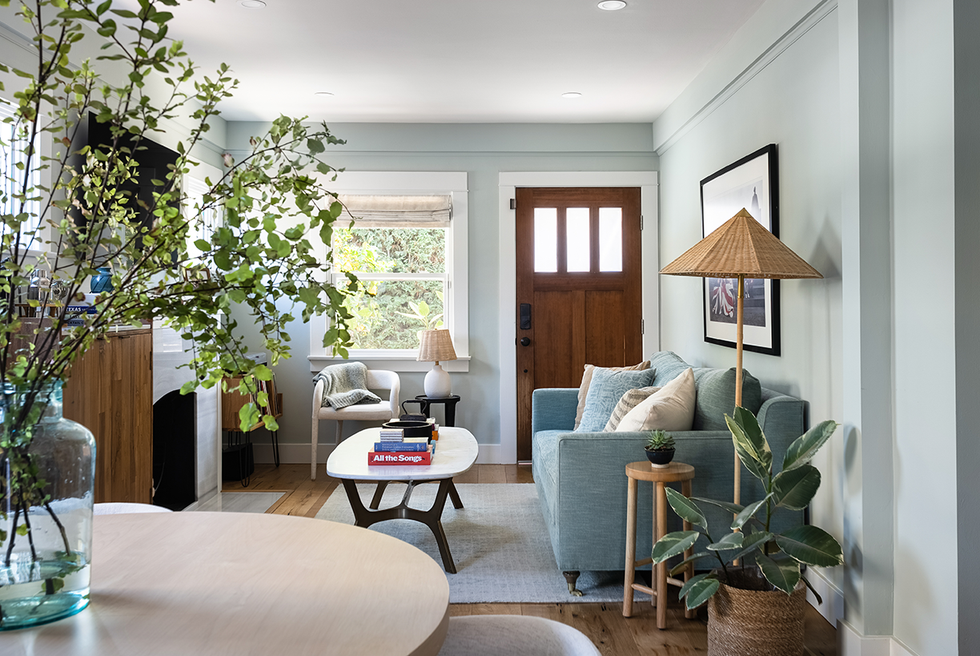Tips for Mixing Old and New Photos: A Guide for Photographers
In the world of photography, creating a harmonious blend of old and new photos can be a challenging yet rewarding task. For professional photographers, mastering this art can open up new avenues for creativity and storytelling. Understanding how to effectively mix old and new photos not only enhances your portfolio but also allows you to offer unique services to your clients.
In this article, we will delve into some essential tips for mixing old and new photos, ensuring that you create a cohesive and compelling visual narrative. Whether you're working on a personal project or a client assignment, these tips will help you achieve stunning results.

Understanding the Value of Old and New Photos
Before diving into the tips for mixing old and new photos, it's important to understand the value that both types of images bring to the table. Old photos carry a sense of nostalgia and history, offering a glimpse into the past. They often have a unique texture and color palette that can add depth to a modern photo collection.
On the other hand, new photos encapsulate the present, showcasing contemporary techniques and styles. By combining these two elements, photographers can create a powerful juxtaposition that tells a more complete story. This blend can be particularly impactful in projects such as family history albums, corporate timelines, and artistic exhibitions.
Tips for Mixing Old and New Photos
1. Curate with Purpose
One of the first steps in mixing old and new photos is to curate your collection with a clear purpose in mind. Think about the story you want to tell and the message you wish to convey. Are you aiming to showcase the evolution of a particular subject, such as a family, community, or landscape? Or perhaps you want to highlight the contrast between past and present?
By defining your purpose, you'll be able to select photos that complement each other and align with your vision. This will ensure that your final composition is both meaningful and visually appealing.
2. Pay Attention to Composition and Style
When blending old and new photos, it's crucial to pay attention to composition and style. Consider the elements that make each photo unique and how they can work together to create a cohesive look. This might involve adjusting the color balance, contrast, or saturation of new photos to match the tones of older images.
Additionally, think about the orientation and framing of your photos. Mixing portraits and landscapes, or varying the size and shape of your images, can add visual interest and balance to your collection. You may also want to explore different layouts, such as grids or collages, to see what best suits your project.
3. Embrace Texture and Grain
One of the most distinctive features of old photos is their texture and grain. These elements can add a tactile quality to your images, making them feel more authentic and timeless. When working with new photos, consider incorporating similar textures or grain effects to create a sense of continuity.
There are various editing tools and software available that allow you to add texture and grain to your digital images. Experiment with different options to find the right balance that complements both your old and new photos.
4. Consider the Emotional Impact
Photography is a powerful medium for evoking emotions and memories. When mixing old and new photos, think about the emotional impact you want to achieve. How do you want viewers to feel when they look at your work?
Consider incorporating elements that evoke a sense of nostalgia, such as vintage filters or sepia tones. Alternatively, you might want to highlight the vibrancy and energy of new photos by using bold colors and dynamic compositions. By carefully considering the emotional impact of each image, you'll be able to create a more engaging and memorable experience for your audience.
Practical Applications and Ideas
Now that we've covered some key tips for mixing old and new photos, let's explore a few practical applications and ideas for incorporating this technique into your photography work.
1. Family History Projects
Creating a family history project is a wonderful way to preserve and celebrate your family's legacy. By mixing old and new photos, you can create a visual timeline that highlights significant moments and milestones. Consider including captions or anecdotes to provide context and enrich the storytelling experience.
For inspiration, check out our guide on documenting the photo to painting process, which offers valuable insights into capturing and preserving memories through photography.
2. Corporate Timelines
Mixing old and new photos can also be a powerful tool for creating corporate timelines. This approach allows businesses to showcase their growth and evolution over the years, highlighting key achievements and milestones. Consider incorporating elements such as infographics or interactive displays to engage viewers and enhance the storytelling experience.
3. Artistic Exhibitions
For photographers looking to push the boundaries of their creativity, mixing old and new photos can be an exciting way to explore new artistic concepts. Consider experimenting with different themes, such as the passage of time or cultural evolution, to create thought-provoking exhibitions that captivate audiences.
For further inspiration, explore our article on balancing colors in photo wall layouts, which provides tips on creating visually stunning displays that showcase the beauty of both old and new photos.
Conclusion
Mixing old and new photos is a skill that can elevate your photography work and open up new creative possibilities. By curating with purpose, paying attention to composition and style, embracing texture and grain, and considering the emotional impact, you can create powerful visual narratives that resonate with your audience.
Whether you're working on personal projects, corporate assignments, or artistic exhibitions, these tips for mixing old and new photos will help you achieve stunning results that captivate and inspire. For more ideas and inspiration, be sure to check out our other articles on photo wall ideas for small spaces and how to layer photo wall art.

FAQs
1. How do I preserve old photos for mixing with new ones?
To preserve old photos, consider digitizing them by scanning at a high resolution. This not only prevents further deterioration but also allows for easier editing and integration with new photos.
2. What software is best for editing and mixing photos?
There are several software options for editing and mixing photos, including Adobe Photoshop, Lightroom, and GIMP. These programs offer a range of tools for adjusting colors, textures, and compositions to seamlessly blend old and new photos.
3. Can I use my smartphone to mix old and new photos?
Yes, many smartphone apps, such as Snapseed and VSCO, offer editing tools that allow you to mix old and new photos. These apps provide filters and effects that can help create cohesive and visually appealing images.

